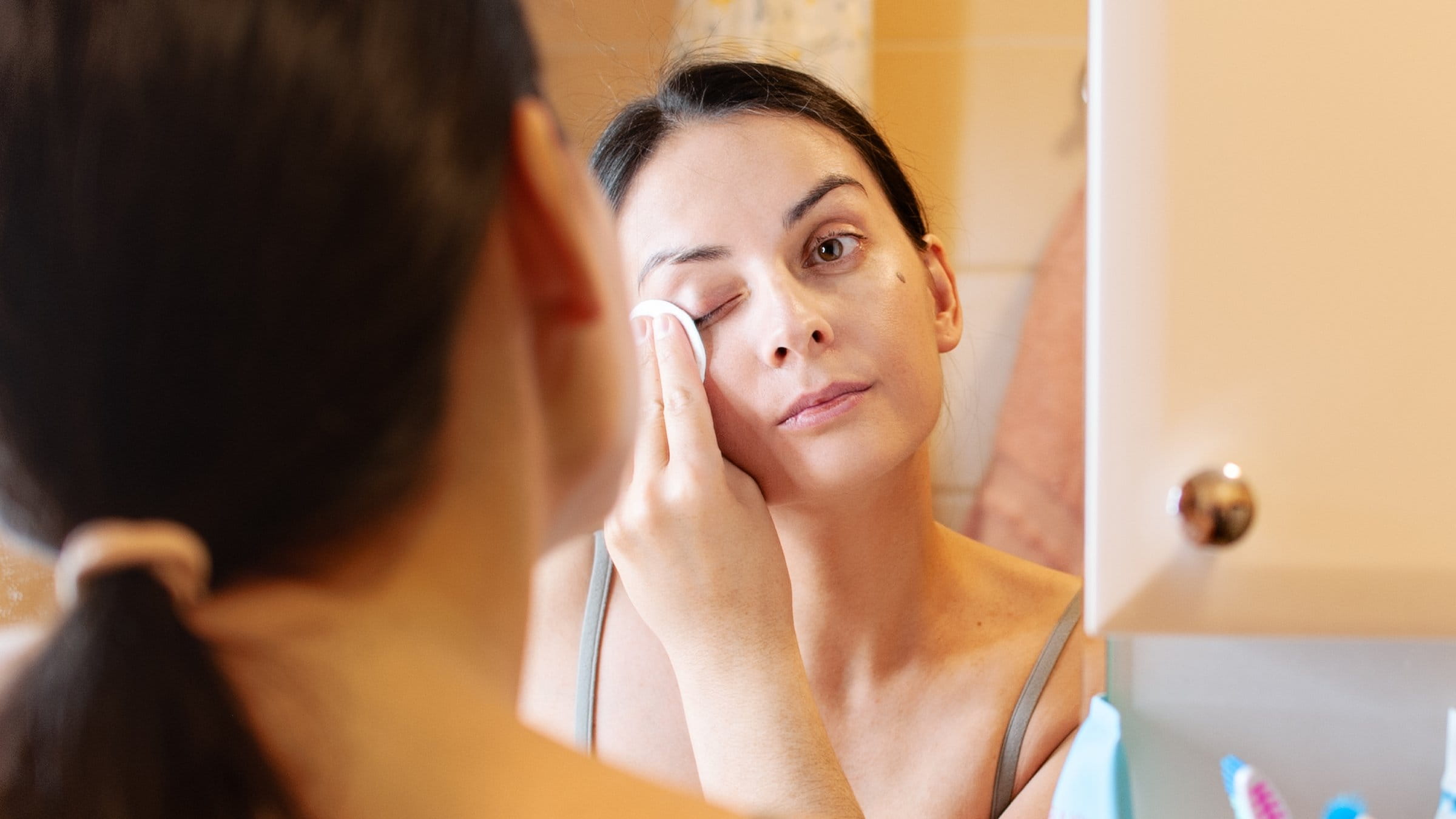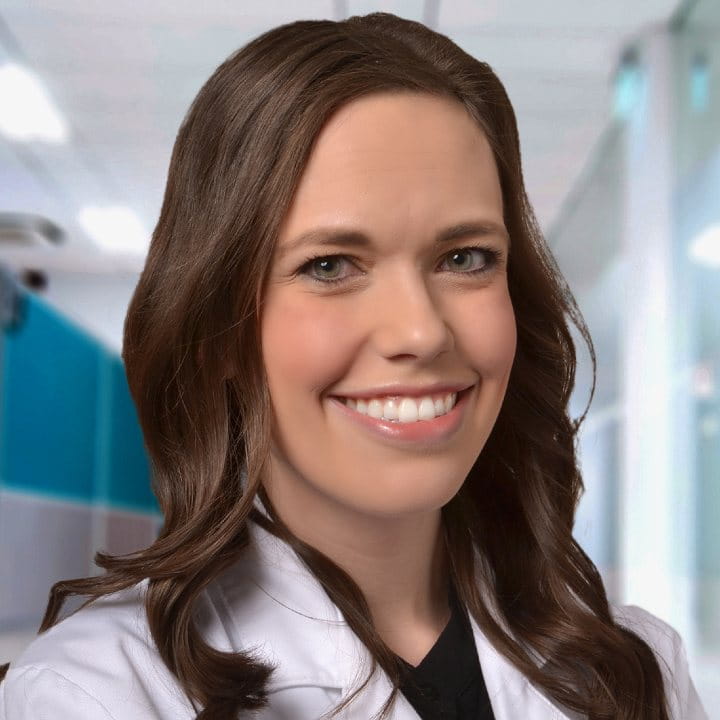
Have you noticed a small red bump on your eyelid? It may look similar to a pimple, but what you’re actually dealing with is a stye.
A stye forms when an eyelid gland, which is called a meibomian gland, becomes clogged or infected. Everyone has several of these glands, which sit just behind the eyelashes. They produce the oil that keeps your eyes from drying out and prevents tears from evaporating too quickly.
A stye is typically filled with oil, and it’s very common among adults and children. It may feel itchy or scratchy. However, a stye isn’t contagious, so there’s no reason to avoid others.
You can usually treat a stye at home, but there are situations that may require a trip to your eye doctor’s office.
Treating a stye at home: Apply heat to the stye
Heat is your best tool for getting rid of a stye. Warmer temperatures will unclog the infected glands and promote drainage.
I always recommend that my patients use a heated eye compress or mask. These items can be purchased at any drugstore pharmacy or grocery store without a prescription. They’re also available online. You can find them for less than $10 at places like CVS, Target and Kroger. Most versions are microwavable and reusable, and some are powered with a USB cord.
I advise using the warmed eyelid mask for 10 minutes at a time, up to four times each day. The mask should feel comfortable over your eyes and not feel too warm to the touch. Remember to clean the eyelid mask per the instructions after each use.
In my practice, I’ve found these heated eye compresses are the most effective tools for getting rid of a stye. However, if you can’t get to the store, you can also use a warm washcloth. Just like with store-bought items, use a clean washcloth for 10 minutes several times per day.
Don’t squeeze a stye
Don’t ever try to “pop” a stye. Squeezing a stye to try to drain the fluid is a bad idea. Doing this can inflame the area and cause more pain. Since styes are very close to the eye, you could damage the eye itself or trigger a more serious infection.
You also shouldn’t use over-the-counter “stye ointments.” These products are only lubricants, and they won’t improve the stye. Rather, they may just prolong the issue by further clogging the glands.
I also advise my patients to refrain from using eye makeup while dealing with a stye. I understand it’s tempting to try to hide the unsightly stye. However, doing so will only delay the healing process. Makeup could also further inflame the area and make it more painful.
See a doctor if the stye isn’t going away
If you’ve been using warm compresses with an eyelid mask for up to five days and the stye hasn’t not improved, visit your eye doctor. You should also call your eye doctor if your vision changes, or if the swelling expands to your entire eyelid or your cheek.
Depending on the size and location of the stye, your doctor might prescribe eye drops, eye ointments or oral medications.
If that doesn’t work, and scar tissue forms, your eye doctor might recommend a surgical procedure that involves a small slit in the stye to remove the remaining tissue. This is an in-office procedure but usually isn’t performed until you’ve used consistent warm compresses and treatment for 4-6 weeks.
How to avoid styes
Some people have a greater risk for developing styes. People with conditions like dry eye, blepharitis (inflammation of the eyelid) or rosacea (a skin condition that triggers redness and bumps on the face) are more prone to styes.
To avoid styes, good hygiene is the best method. If you wear makeup, be sure to remove it every day. Use cleansing wipes or foaming cleansers that are safe for eyelids. Throw away makeup when its expiration date hits.
Don’t apply eyeliner to the area behind the eyelashes (sometimes referred to as the “water line”), as this clogs the openings of the glands. Always wash your hands with soap and water before applying makeup. I also recommend using a heated eye compress or mask regularly to prevent the eyelid glands from getting clogged in the first place.
For those who wear contacts, be sure to wash your hands thoroughly before touching the contact lenses or your eyes. Contact lens cases should be replaced every month. Remember to clean your lenses with the prescribed solution before placing them in the case overnight. I also recommend visiting your eye doctor every year, even if you’re not having any problems.
Styes aren’t something to panic about and they’re generally not dangerous. However, if left untreated, the infection could spread, or the stye bump could form scar tissue on your eyelid. That is why it’s important to target the area with heat when you notice a stye and to maintain good hygiene practices to avoid it entirely.

Ready to learn more about eye care?
Ohio State's ophthalmology team provides comprehensive care backed by one of the nation's leading academic health centers.
Expert care starts here




